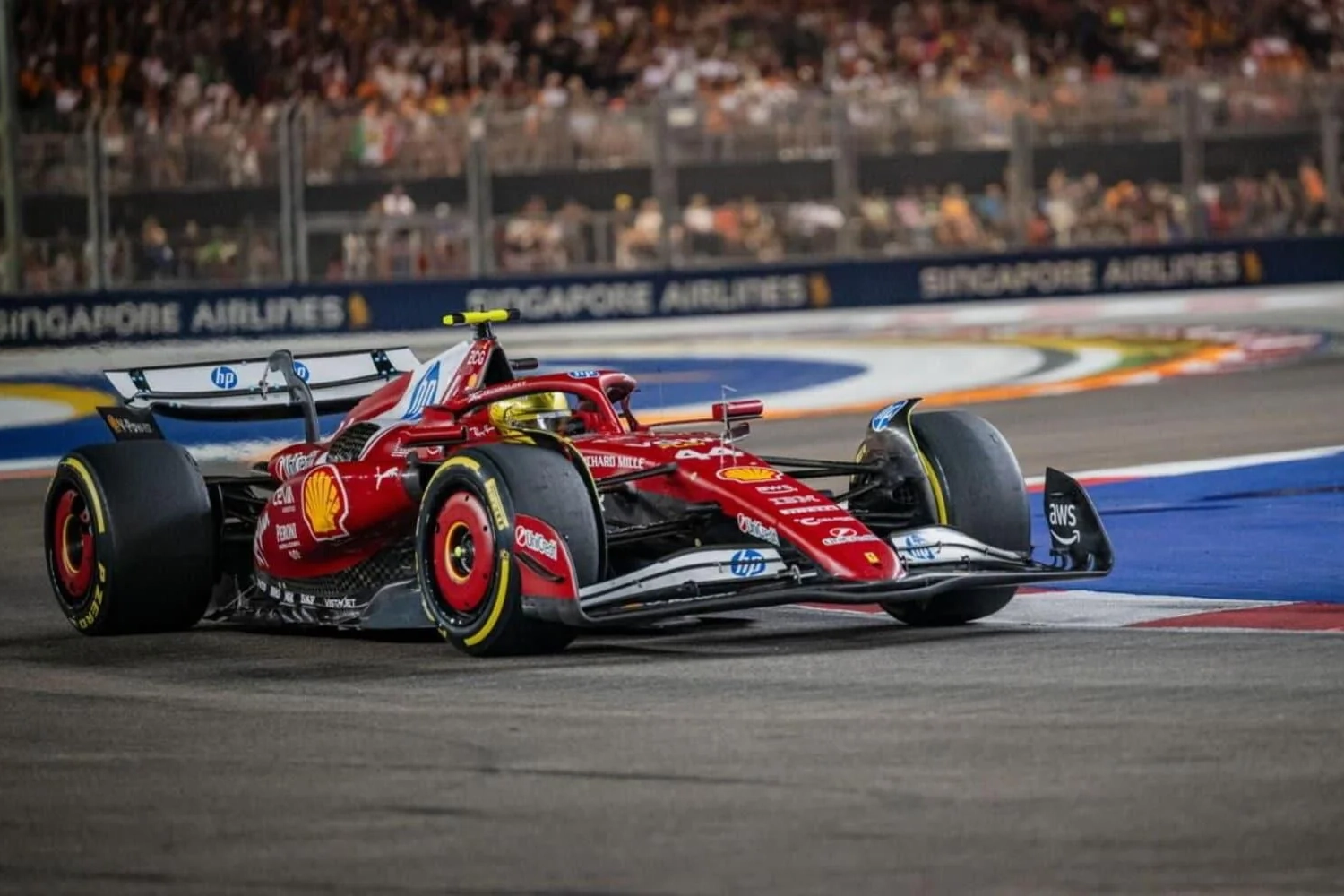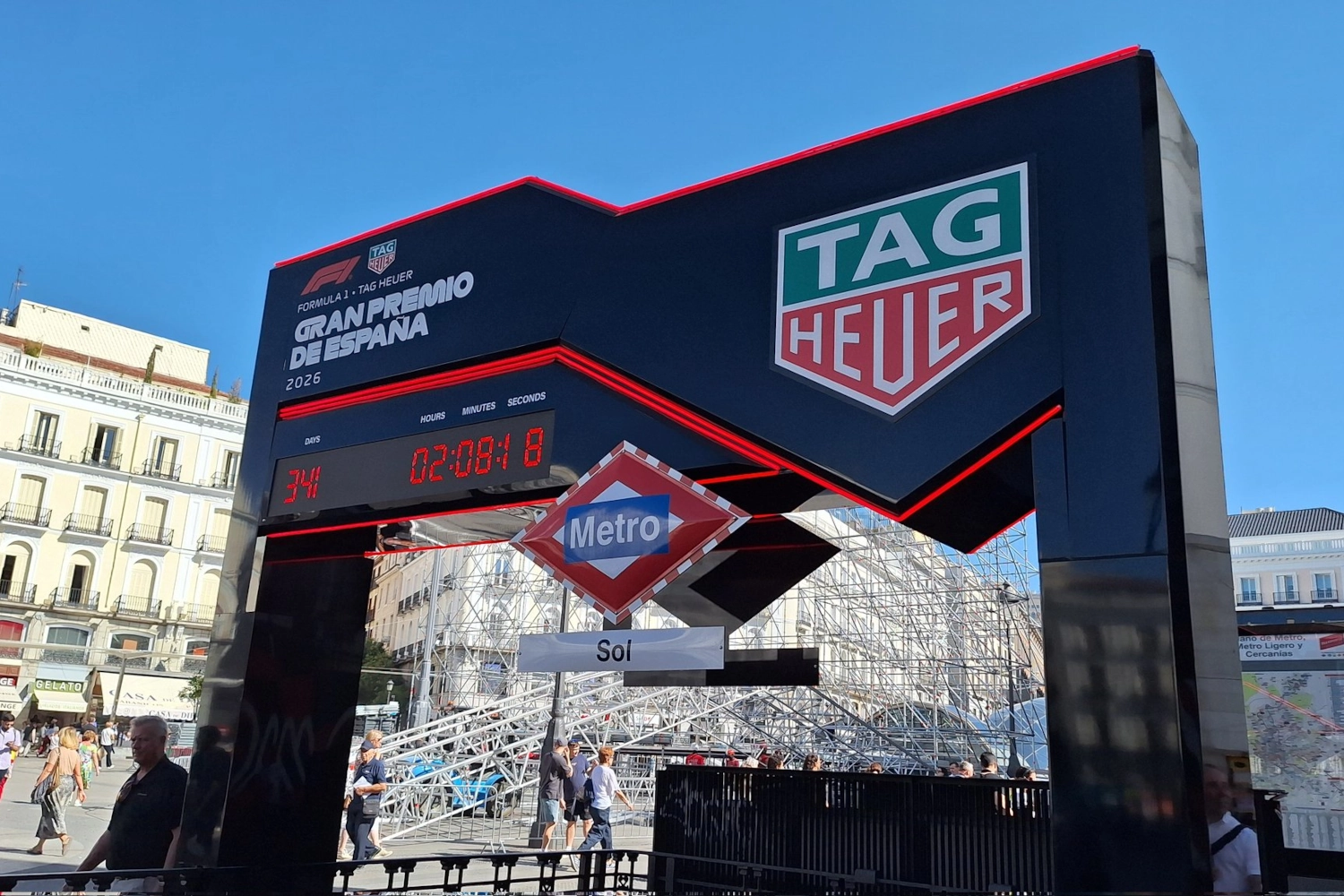


In 2026, the Spanish Grand Prix will relocate from Barcelona to Madrid, ushering in a new era. One of Europe's best-connected exhibition venues, IFEMA Madrid, which is only a short distance from the airport, will serve as the site of the new MADRING circuit.
Even though the race hasn't happened yet, Madrid is already among the most accessible Formula 1 locations thanks to its current transportation system. Here is a comprehensive guide to the Spanish Grand Prix, including what spectators can anticipate on race weekend.
The MADRING circuit will circle IFEMA Madrid and the Valdebebas neighborhood in northeastern Madrid. Major conventions, concerts, and trade shows are already held here, so the infrastructure is advanced and prepared to accommodate sizable crowds.
The circuit is roughly ten to fifteen minutes from Madrid-Barajas Airport, and it takes twenty-five to thirty-five minutes by metro or taxi to get to the city center.
The fastest and most reliable way to reach the Spanish Grand Prix will likely be Madrid Metro Line 8 (pink line).
Line 8 is expected to play a key role during the Grand Prix, with extra services and extended hours likely during race weekend — similar to what IFEMA already implements during major trade fairs.
Madrid’s bus network (operated by EMT Madrid) offers several routes that already stop near IFEMA and Valdebebas. These will likely be expanded or re-routed during the Grand Prix weekend.
The main lines serving the area include:
These lines already serve thousands of IFEMA visitors each day and will likely form the backbone of public transport access during the race.
The Cercanías RENFE suburban train network connects Madrid’s major transport hubs.
Although there isn’t a dedicated train station inside the circuit, Valdebebas station is expected to be one of the main railway access points for F1 weekend.
In Madrid, there will be plenty of taxis and ride-sharing services (like Uber, Cabify, and Bolt).
Around the circuit, particularly close to the South, North, and East entrances, there will probably be designated drop-off and pick-up areas. However, public transportation will most likely be the quicker choice because traffic congestion is anticipated during peak hours.
A helpful tip is to take a short taxi ride or use a shared vehicle early in the morning or after the main crowds have subsided if you're staying close by (in Valdebebas or Barajas).
For those planning to drive, access roads include:
Limited on-site and nearby parking is expected around IFEMA Madrid, but organizers have already advised that public transport is strongly recommended due to expected congestion. Parking permits will likely need to be booked in advance.
The Spanish Grand Prix circuit will be among the most accessible in the world for air travelers.
Fans flying in can easily go from baggage claim to the circuit area in under 30 minutes — a unique advantage for Madrid’s layout.
While the first Spanish GP in Madrid (2026) will be the inaugural race, transport authorities and the circuit operator (IFEMA) have already signaled plans to:
These measures will be confirmed closer to the event. As with most first-year circuits, operations will be refined over time — but IFEMA’s proven track record hosting large international events gives fans good reason to be confident.
Despite being new, the Spanish Grand Prix in Madrid has an advantage over many other circuits thanks to the city's contemporary infrastructure. It appears to be one of the most accessible races on the Formula 1 schedule due to its close proximity to trains, direct metro connections, and short travel times from the airport.
Fans can anticipate more transportation updates as specifics are confirmed closer to 2026, but if you only use Madrid's metro and train system, traveling to the MADRING circuit should be easy, quick, and exceptionally convenient.
At Fastway1.com, we help Formula 1 fans plan their perfect race weekend — from tickets and hospitality to travel and transport guides. Explore our resources and find the best F1 tickets for every race on the calendar.
Q: What makes Fastway1.com different from other ticket sellers?
A: Fastway1.com is the only Formula 1 ticket aggregator globally, offering a comprehensive search engine that compiles ticket data from multiple sellers to help fans find available tickets, even when others are sold out.
Q: How does Fastway1.com ensure ticket authenticity?
A: Fastway1.com partners only with established resellers and screen all our partners. However, we do not directly confirm the authenticity of tickets.
Q: Can I purchase tickets directly from Fastway1.com?
A: No, Fastway1.com does not sell tickets directly. Instead, it provides a platform for users to compare prices and availability from partner seller websites, where the actual purchase is completed.
Q: What types of tickets can I find on Fastway1.com?
A: Fastway1.com offers comprehensive listings for various F1 ticket categories, allowing users to filter searches by race and ticket type to find the best options for their needs.
Q: Does Fastway1.com offer any additional services?
A: Not directly, but Fastway1.com has partnered with Booking.com to provide hotel booking options at Booking.com, making it easy for fans to plan their entire Formula 1 experience.
Q: Is Fastway1.com affiliated with Formula 1?
A: Fastway1.com is not affiliated with, endorsed by, or in any commercial partnership with Formula 1 or its associated companies. It operates independently to provide a valuable service to F1 fans.
Q: How can I contact Fastway1.com for support?
A: For any inquiries or support, you can contact Fastway1.com via email at info@fastway1.com. The customer support team aims to respond within 24 hours.
Q: What are the future plans for Fastway1.com?
A: Fastway1.com plans to expand its services beyond ticket sales, including a travel builder tool for planning trips and a future mobile app focused on simplicity and speed. The company also aims to increase partnerships with Formula 1 teams and race organizers.